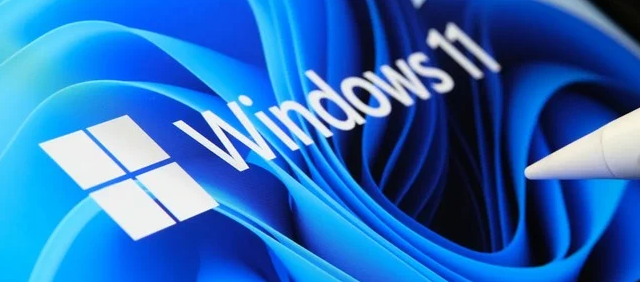Big news for Windows 11 which with the preview build 26063 – available in the Canary channel for Insiders – introduces support for Wi-Fi 7 connectivity (IEEE 802.11be). In addition, a new update is rolling out for all preview versions of Windows 11 and Windows 10 that implements in the Photos application (version 2024.11020.21001.0) a new Gen AI-based erasing tool, which in a similar way to Google Photos’ Magic Eraser is able to remove foreign objects from a photograph.
In terms of general availability, the new photo editing tool, identified exclusively by the term Generative Eraser, will be implemented over the next few weeks in the public releases of Windows 11 and Windows 10. As for Wi-Fi 7 support, however, we will have to wait for Windows 11 24H2, the important update for the Microsoft operating system that will arrive, as the name clearly indicates, in the second half of this year.
To take advantage of Wi-Fi 7 you obviously need to have hardware that can support it. But there is no shortage of options, starting with routers to get to most of the Intel motherboards that have arrived on the market alongside the Raptor Lake Refresh processors. In addition, the new technology can also be implemented in older desktops thanks to special adapters such as the Gigabyte GC-WiFI7, and is available among the options of numerous laptops presented at CES 2024.
Among the main innovations of the new standard are the doubling of the transmission speed on the 6 GHz band thanks to 320 MHz channels, the new 4K QAM modulation that increases the speed by another 20% and the Multi-link Operation technology that allows a single device to take advantage of two different bands at the same time. It allows you to further increase the amount of data transmitted or, by changing the mode of use, to improve latencies, efficiency and stability of the connection. And it is specifically these aspects that two other new technologies deal with: Multi Ru and Triggered Uplink Access.
Once you have uploaded an image to the Photos application, to use the “Generative Erase” simply access the Edit options and choose Delete. At this point, all you have to do is pass with a brush over the area where the element to be removed is located in order to create a mask that allows the artificial intelligence to identify the object to be deleted. And you can also turn off the automatic application of the technology to work more precisely with the brush or to create multiple masks and, therefore, remove multiple objects at once.
The addition of a generative tool for automatically removing unwanted elements from photographs is part of the company’s efforts to power Windows by leveraging artificial intelligence. The Photos application itself already has other AI features and specifically Blur, Remove and Replace the background. And it’s all available, including Generative erase, even on Windows 11 for Arm64 devices.















